New experiences in old Bangkok

Saphan Han, one of Bangkok's oldest surviving bridges.
Exploring the maze of alleys in Saphan Han and neighboring neighborhoods is a fun and special experience. There are countless hidden gems, including centuries-old houses with beautiful decorative details. The area described from Wang Burapha, Saphan Han and Sampheng to Phahurat, Saphan Phut, Pak Klong Talat and Ban Mo is only about 1,2 km². Yet you will find plenty of fascinating sights here.
This is a special part of the old city center of Bangkok. Starting in the north on Charoen Krung Road where the new Sam Yot MRT station is located. The area extends east to Maha Chak Road and west to Klong Khu Muang Doem, the old city moat, with the Chao Phraya River marking its southern boundary.
You can explore this part of Bangkok on foot from Sam Yot station. The sights you will encounter:
- Saphan Han, one of Bangkok's oldest surviving bridges. It is not clear when it was built, but the bridge has been refurbished at least three times: during the reigns of King Mongkut (Rama IV), King Chulalongkorn (Rama V) and King Bhumibol (Rama IX). See also the black and white photo.
- The 86-year-old Sala Chalermkrun Royal Theatre.
- The old Siam Plaza.
- The flower markets of Pak Klong Talat.
- The Memorial and Phra Pok Klao bridges.
- Ban Mo's electronics stores.
- The fabric shops of Phahurat and Sampheng Market.
- The Wat Dibayavari, a Chinese temple older than the city of Bangkok itself, dating back to the Thon Buri period. Over the centuries it has undergone several renovations and reconstructions. The current structure dates from 2011.
- The Wang Burapha (meaning Eastern Palace) district, once the royal residence of Prince Panurangsi Sawang Wong, the brother of King Rama V. In 1952, the palace was sold to a businessman who demolished it and turned the area into the first modern shopping district from bangkok. Despite the palace's absence, the area, now full of gun stores, is still referred to as Wang Burapha.
- Then further south, on the west bank of Klong Ong Ang, there is the renovation of a special building. This is the former office of the Constitutional Court. It was originally home to Chao Phraya Rattana Thibet, a high-ranking official during the reign of King Rama V.
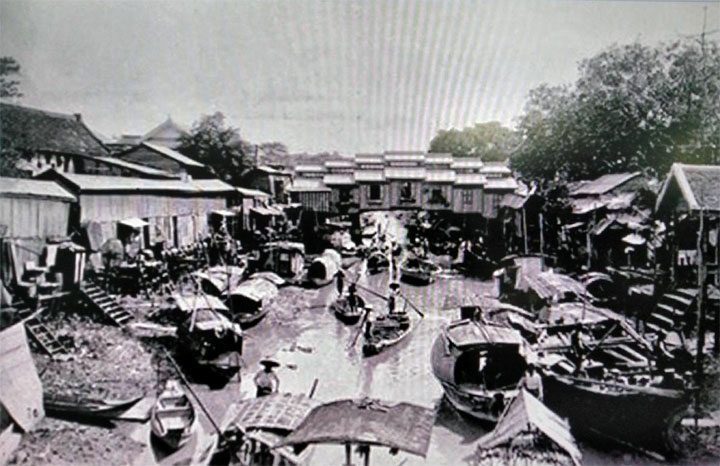
The Bridge of Saphan Han. The photo shows the version built under King Rama V. Like the world-famous Rialto Bridge in Venice, it was packed with shops. The current version dates from 1962.
From the station, follow the one-way street on Charoen Krung Road to the SAB junction, then turn right onto Chakkrawat Road. Worth seeing are Wat Chai Chana Songkhram, Wat Chakkrawat and Chao Krom Poe and a 123-year-old pharmacy just down the street.
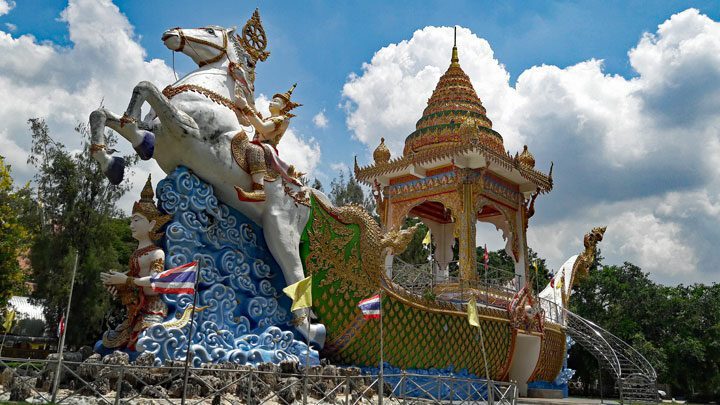
Wat Chai Chumphon Chana Songkhram
Between the two temples, where Yaowarat Road intersects Chakkrawat Road, is the ancient Luean Rit community. The neighborhood is undergoing major renovation. Once the project is complete, the area will become a new attraction in an already interesting corner of the city. But for now, Luean Rit is not open to the public.
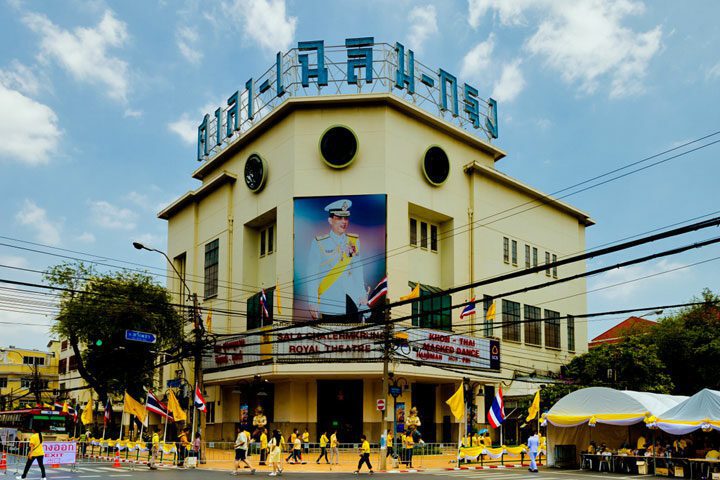
Sala Chalermkrun Royal Theatre
From Wat Chakkrawat, cross to the other side of the street and take the Hua Met lane, part of the Sampheng wholesale district, to Klong Ong Ang and Phahurat. Along the way you will see nice alleys that you can explore. You can also choose to cross the alleys by bicycle.
From Phahurat and Little India, go through Wang Burapha to Ban Mo and Pak Klong Talat. Enough to see. By the time you get to Pak Klong Talat, you'll probably be tired and you've seen enough. Fortunately, Sanam Chai MRT station is just a short walk away, on the other side of the old city moat.
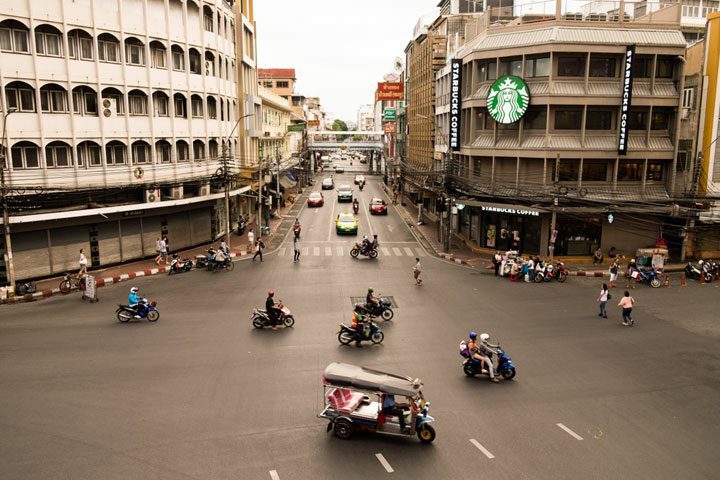
Wang Burapha
You can also choose to walk about 1km south from Sam Yot MRT station. You will then come to the Chao Phraya River. Here Memorial Bridge (Saphan Phut) and Phra Pok Klao Bridge are almost next to each other. The south side of Klong Ong Ang you can see the Chao Phraya just 50 meters from the Phra Pok Klao Bridge. In between is the reconstructed Praisaniyakarn, a beautiful building that used to be the site of Bangkok's first official post office. It now serves as a museum.
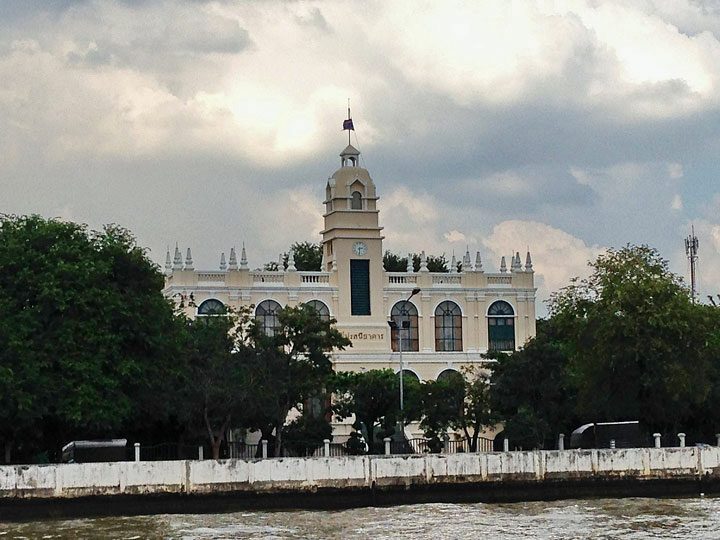
Praisaniyakarn (By trungydang, CC BY 3.0)
How do you get there?
With the extension of the MRT Blue Line (Wat Mangkorn-Tha Phra), these ancient parts of Bangkok are much easier to reach. The new subway route is now connected to the original MRT line at Hua Lamphong station. From there it is only two stops to Sam Yot.
During the first test period of the metro extension, which lasts until September 28, the timetable will run from 07.00 a.m. to 21.00 p.m. and will be free of charge.
Source: Bangkok Post. For more photos: www.bangkokpost.com/life/social-and-lifestyle/1730579/new-experiences-in-old-bangkok


It seems like an interesting experience to explore this old Bangkok!
If only the Thai 'Rialto Bridge' still existed. Beautiful.
The quays along the canal have also been refurbished. You can walk traffic-free and have a drink on a terrace.
Unfortunately, in some places it is being used again as a dump site by local residents.
Nothing survives long in Thailand. No historical sense.
But indeed a very interesting neighborhood to cross…